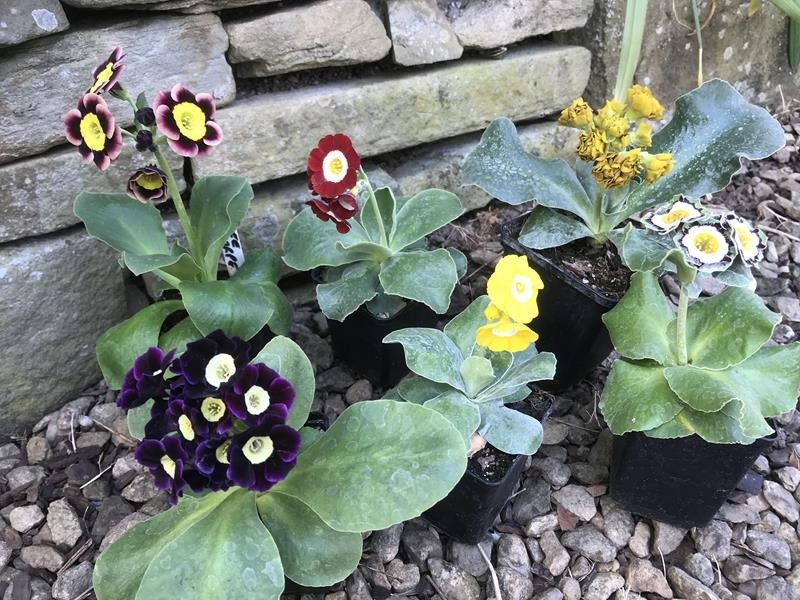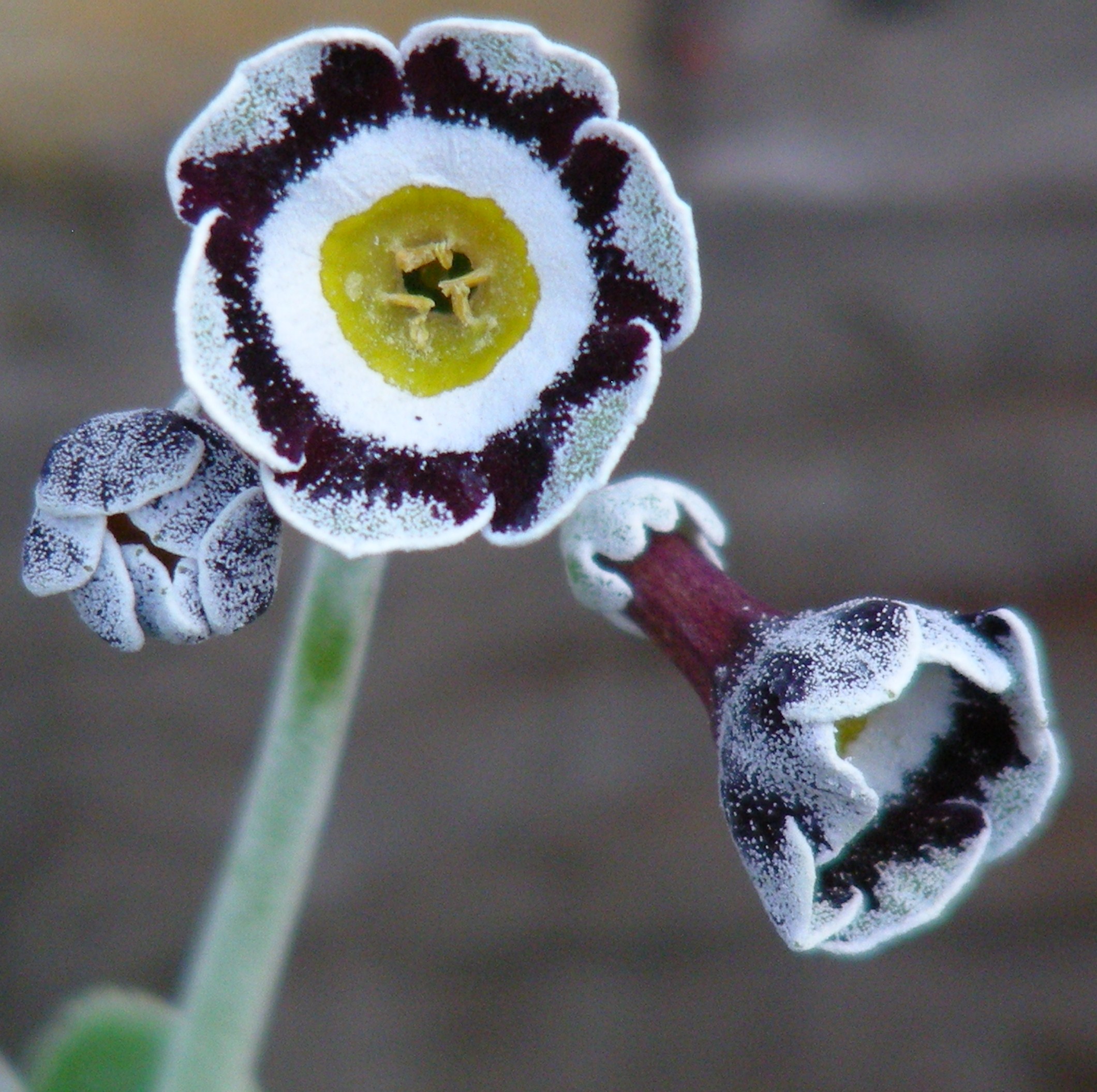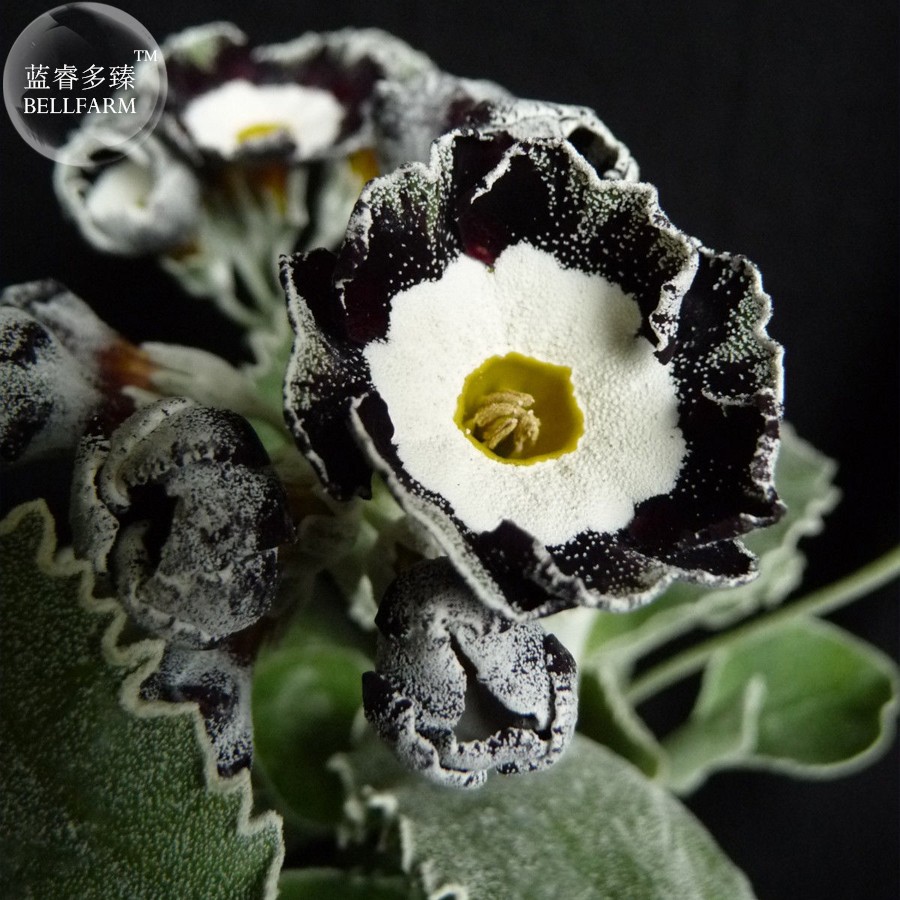
They can be grown along streams, around ponds, and in bog, woodland, and rock gardens or in containers. They thrive in soil that is rich with organic matter and consistently moist, but not soggy.
PRIMULA AURICULA SEEDS FULL
Although light and soil requirements vary with the species, primroses primarily prefer cooler temperatures and dappled sunlight or partial to full shade, although some enjoy full sun. Hardy and adaptable, primroses are easy to grow. elatior) bears one-sided clusters of nodding yellow flowers. They differ from regular primroses in that they have smooth fleshy leaves often covered. denticulate) bear dense round flowerheads, and Oxlip ( P. Auricula primroses are the alpine cousins of our wild primroses. Alpine types are mountain species bearing small clusters of flat-topped flowers (e.g., P. Candelabra types, or bog primroses, are wetland species bearing spikes with multi-tiered whorls of flowers (e.g., P. Polyanthus types, the English or common primroses, are long-lived woodland species bearing dense umbels of flowers on long stems (e.g., P. There is a wide variability among the species, but they tend to have a low, mounded habit of wrinkled, pale to dark green leaves, forming an attractive basal rosette. I grew them all from seed, which I planted four years ago. Primula is a huge genus of between 450 and 500 species that include many cultivars and hybrids. We have a wonderful selection of blooming- size primula auricula plants in stock right now. Some are solid, but most have a contrasting “eye.” They are borne singly or in multi-flowered umbels, racemes, or whorls on leafless scapes and may be erect or nodding, scented or unscented. The bright flowers come in various shapes and sizes as well as in almost every imaginable color.



The genus Primula contains showy perennial herbs, commonly called primroses, that are among the first flowers to bloom in spring, as early as January in some regions.


 0 kommentar(er)
0 kommentar(er)
